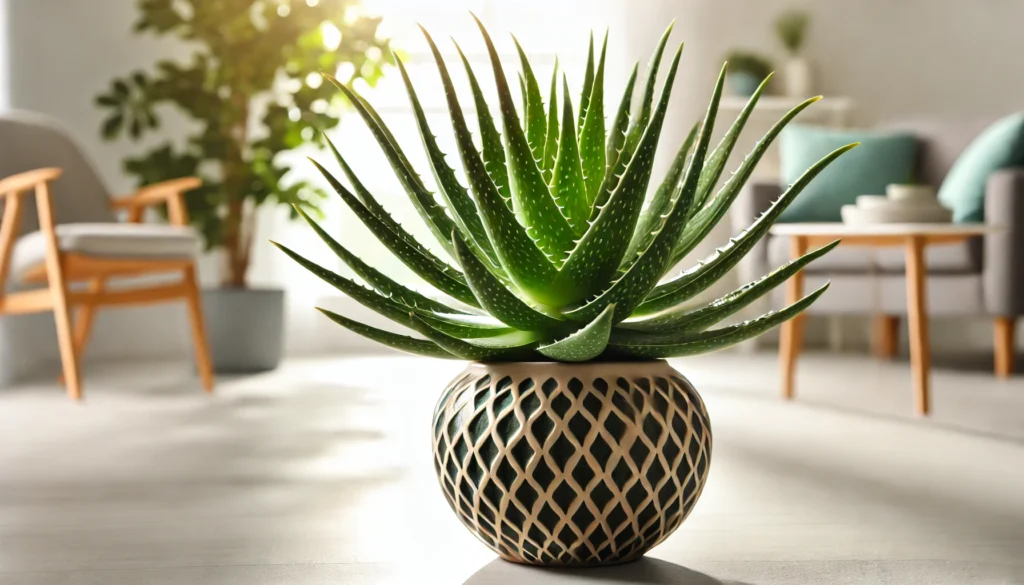
Elephant Ear, known formally as Colocasia esculenta, is a striking plant with large, heart-shaped leaves that can grow up to 3 feet long. In ideal conditions, this tropical plant can reach heights of up to 9 feet, making it a dramatic addition to any garden or indoor space.
The History and Ideal Growing Conditions
Originating from Southeast Asia, the Elephant Ear plant has been cultivated for thousands of years. It thrives in warm, humid climates and is often found in tropical and subtropical regions around the world. To grow Elephant Ear successfully, provide it with rich, well-draining soil and a location that receives partial shade. Although it can tolerate full sun, too much direct sunlight may cause leaf burn. The plant prefers consistently moist soil, so regular watering is essential, especially during dry spells.
Is Elephant Ear Toxic to Pets?
Unfortunately, Colocasia esculenta is toxic to pets, including cats and dogs. The plant contains calcium oxalate crystals, which can cause irritation and swelling if ingested. Symptoms of poisoning may include drooling, vomiting, and difficulty swallowing. If you suspect your pet has eaten part of the plant, seek veterinary assistance immediately.
Safe Alternatives for Pet Owners:
If you’re concerned about the safety of your pets, consider growing non-toxic alternatives. Some safe options include the Areca Palm, Boston Fern, or Spider Plant. These plants are pet-friendly and can add a lush, green touch to your home without the risk of toxicity.
Best Practices for Caring for Elephant Ear
Taking care of Elephant Ear requires attention to its water, light, and soil needs. By following these best practices, you can ensure your plant remains healthy and vibrant.
Watering and Humidity:
Elephant Ear plants thrive in moist conditions. Water them regularly, ensuring the soil remains consistently damp but not waterlogged. High humidity levels are beneficial, so consider placing a humidifier nearby if you’re growing it indoors.
Soil, Light, and Temperature:
Use rich, organic soil that drains well to prevent root rot. Elephant Ear prefers partial shade but can handle full sun with adequate moisture. Ideally, keep the temperature between 65°F and 75°F. Avoid exposing the plant to temperatures below 50°F, as it may cause the plant to go dormant or die back.
Common Problems and Simple Remedies
Elephant Ear is a relatively low-maintenance plant, but it can encounter issues such as leaf burn, root rot, or pest infestations.
- Leaf Burn: If the leaves start to brown or curl, it might be due to too much direct sunlight. Move the plant to a shadier spot or provide filtered light.
- Root Rot: Overwatering or poor drainage can lead to root rot. Ensure the soil drains well and adjust watering habits as needed.
- Pests: Aphids, spider mites, and mealybugs can occasionally attack Elephant Ear plants. Wipe the leaves with a damp cloth and use insecticidal soap to control infestations.
Invasive Species Consideration:
In some regions, Elephant Ear can become invasive, spreading rapidly and outcompeting native plants. If you’re concerned about its invasiveness, consider planting it in a container to control its growth. Alternatively, opt for native species like the Arrow Arum (Peltandra virginica), which offers similar aesthetic appeal without the risk of becoming invasive.
Propagation and Benefits of Elephant Ear
Propagating Elephant Ear is straightforward. The plant produces tubers that can be divided and replanted. Simply dig up the plant in late fall or early spring, separate the tubers, and replant them in well-draining soil. This plant not only adds a tropical feel to your space but also serves as a natural air purifier, improving indoor air quality.
Final Thoughts
Elephant Ear is a bold and beautiful plant that can transform any space into a tropical oasis. While it requires some care, especially regarding water and light, the rewards are well worth the effort. Whether you choose to grow it indoors or outdoors, Elephant Ear will undoubtedly make a dramatic statement in your garden or home.



